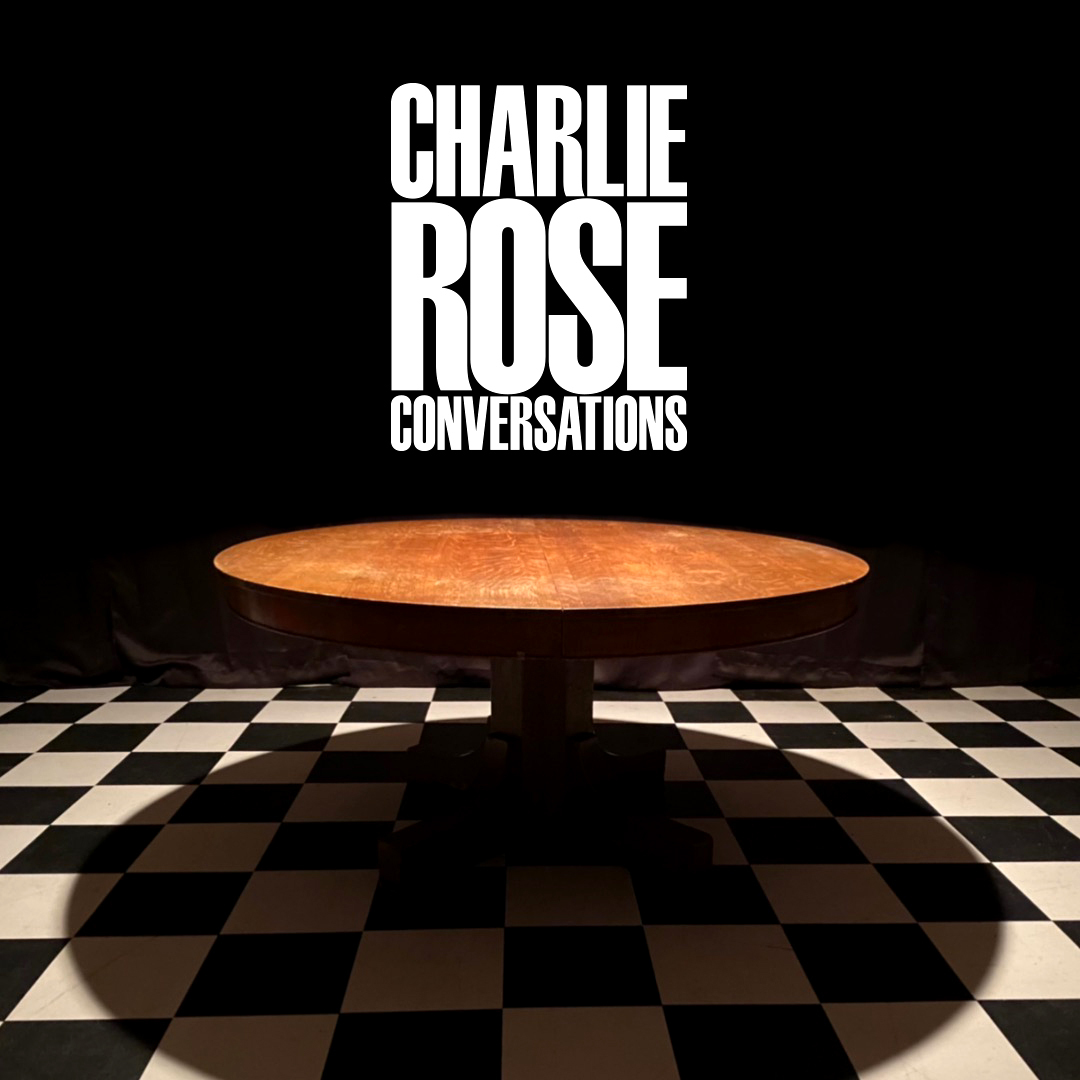
The remarkable life of Candice Bergen, a Charlie Rose Global Conversation.
- October 24 2025
- October 14 2025
- October 13 2025
- October 08 2025
- October 04 2025
- October 02 2025
- September 30 2025
- September 21 2025
- September 16 2025
- September 10 2025
- September 05 2025
- August 22 2025
- July 18 2025
- December 29 2024
- December 09 2024
- November 27 2024
- September 20 2024
- September 10 2024
- August 29 2024
- August 13 2024
- February 20 2024
- February 16 2024
- January 11 2024
- December 26 2023
- December 24 2023
- December 12 2023
- December 04 2023
- November 14 2023
- November 02 2023
- November 01 2023
- October 20 2023
- October 12 2023
- July 28 2023
- March 09 2023
- March 06 2023
- October 07 2022
- September 03 2022
- August 16 2022
- August 03 2022
- June 20 2022
- June 09 2022
- May 27 2022
- May 17 2022
- May 10 2022
- April 14 2022
Candice Bergen
Candice Bergen has been famous for a long time as a model, actor, author, and photographer. She has had an extraordinary life from the beginning, growing up in Beverly Hills California, the daughter of the famous ventriloquist, Edger Bergen. In her own words, life was and has been perfect, a fantasy.
The University of Pennsylvania received her as a campus star only to kick her out and then give her an honorary degree.
Starting with The Group in 1958, she made lots of films and worked with some of the most famous stars in movies, including Steve McQueen, Jack Nicholson, Burt Reynolds, Michael Caine, and Sean Connery. She was the first woman to host SNL and had a talk show, Exhale with Candice Bergen.
Nothing, nothing was as big as her role as Murphy Brown, a CBS prime time comedy. She earned best comedy actress for 5 years and the series lasted for 10 from 1988-1998. It made her a huge star, and revealed a wonderful comedic talent, her comfortable place. After Murphy, Candice continued to appear in movies, television series and on Broadway.
She has had, in her words, 3 loves: 2 husbands—French filmmaker Louis Malle and New York real estate titan Marshall Rose—and her daughter Chloe Malle. Now add grandchildren.
Candice has written 2 memoirs: Knock Wood in 1984 and A Fine Romance in 2015.
Her first husband Louis Malle died in 1995 and her second husband, Marshall Rose has serious health issues.
Candice Bergen lives in New York City and Connecticut where her daughter Chloe and her grandchildren also reside.
For this episode, I have combined 2 interviews, one in April 2015 and the other, almost 10 years later, in December 2024.
- Prev
-
December 09 2024
- October 24 2025
- October 14 2025
- October 13 2025
- October 08 2025
- October 04 2025
- October 02 2025
- September 30 2025
- September 21 2025
- September 16 2025
- September 10 2025
- September 05 2025
- August 22 2025
- July 18 2025
- December 29 2024
- December 09 2024
- November 27 2024
- September 20 2024
- September 10 2024
- August 29 2024
- August 13 2024
- February 20 2024
- February 16 2024
- January 11 2024
- December 26 2023
- December 24 2023
- December 12 2023
- December 04 2023
- November 14 2023
- November 02 2023
- November 01 2023
- October 20 2023
- October 12 2023
- July 28 2023
- March 09 2023
- March 06 2023
- October 07 2022
- September 03 2022
- August 16 2022
- August 03 2022
- June 20 2022
- June 09 2022
- May 27 2022
- May 17 2022
- May 10 2022
- April 14 2022
- Next



